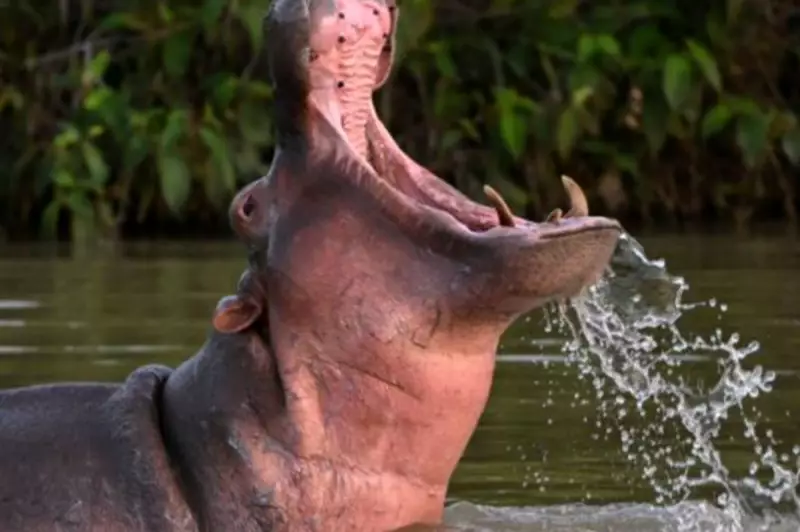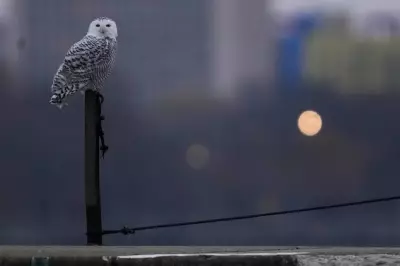
The sprawling Colombian ranch that once served as Pablo Escobar's personal playground now hosts an unlikely and dangerous legacy - a rapidly multiplying population of hippopotamuses roaming freely through the countryside.
What began as a private zoo attraction for the infamous drug lord has evolved into one of South America's most pressing environmental crises. The hippos, imported from Africa during Escobar's reign, have multiplied from the original four to between 130 and 160 animals, with projections suggesting this number could soar to over 1,400 by 2035.
From Private Zoo to Ecological Time Bomb
Following Escobar's death in 1993, most exotic animals were relocated from his Hacienda Nápoles estate. However, the hippos proved too difficult to capture and transport, leaving authorities with little choice but to abandon them in the artificial lakes Escobar had constructed.
Three decades later, these aquatic mammals have expanded their territory dramatically, spreading 100 miles from the original estate along the Magdalena River basin. Their growing presence threatens both local ecosystems and community safety.
The Environmental Impact
Scientists warn that the hippos are fundamentally altering Colombia's aquatic environments. Their waste introduces excessive nutrients into waterways, potentially triggering harmful algal blooms that can suffocate fish populations.
"They're transforming the ecosystems in ways we don't fully understand yet," explains environmental biologist Luis Fernando Gutiérrez. "The hippos consume massive amounts of vegetation and their wallowing behaviour destroys riverbanks, leading to erosion problems."
A Dangerous Presence
Beyond environmental concerns, the hippos present genuine dangers to local communities. Considered among Africa's most dangerous animals, they've already been responsible for several human attacks in Colombia.
Local fisherman Carlos Alberto Gómez recalls his close encounter: "I was checking my nets when one surfaced just metres from my boat. They're enormous, unpredictable, and we never know where they'll appear next."
The Sterilisation Struggle
Authorities have attempted to control the population through sterilisation programmes, but the process is both dangerous and expensive. Each procedure costs approximately $10,000 and requires teams of veterinarians, ecologists, and hunters to safely sedate the massive animals.
"We've managed to sterilise about a dozen, but the birth rate far outpaces our efforts," admits wildlife official María José González. "We're fighting a losing battle against their rapid reproduction."
Controversial Solutions
The Colombian government faces difficult choices in managing the crisis. While some advocate for more aggressive culling programmes, animal rights groups have successfully blocked such measures through legal challenges.
Meanwhile, the hippos continue to expand their territory, serving as both a tourist attraction and a persistent reminder of how one man's extravagant whims can create lasting environmental consequences.
As the sun sets over the Magdalena River, the deep grunts of Escobar's hippos echo through the Colombian night - a haunting soundtrack to an ecological dilemma with no easy solution in sight.





